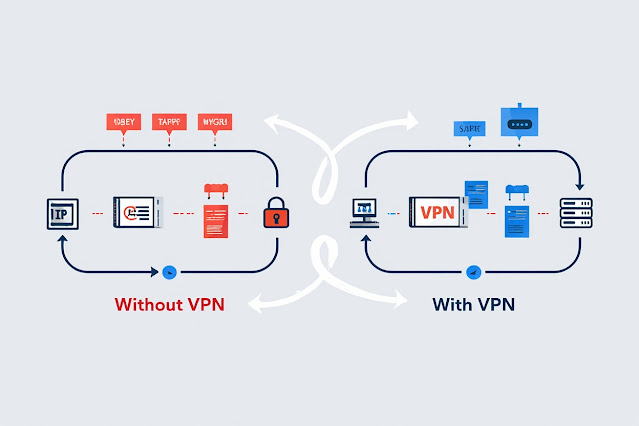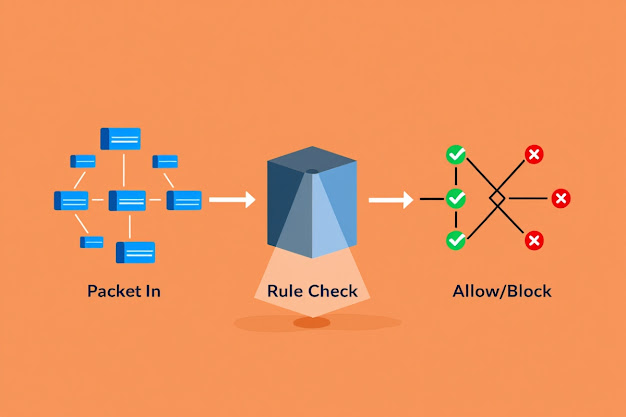LAN vs WAN – What’s the Difference?
In the digital age, networking plays a vital role in connecting people, devices, and systems. Two of the most common types of networks are LAN (Local Area Network) and WAN (Wide Area Network). While they may sound similar, they serve very different purposes and have distinct characteristics. Let’s explore the differences between LAN and WAN in detail.
What is LAN (Local Area Network)?
A Local Area Network (LAN) is a network that connects devices within a limited geographical area—such as a home, office, school, or building. It enables connected devices (computers, printers, smartphones, etc.) to communicate and share resources like files, internet access, and printers.
Key Features of LAN:
-
Coverage Area: Small (typically within a single building).
-
Speed: High-speed (up to 10 Gbps or more with modern Ethernet).
-
Ownership: Usually owned and managed by a single person or organization.
-
Cost: Relatively low setup and maintenance cost.
-
Security: Easier to secure due to the limited area and control.
Examples:
-
Office network connecting all employee computers.
-
Home Wi-Fi connecting your phone, smart TV, and laptop.
What is WAN (Wide Area Network)?
A Wide Area Network (WAN) spans a large geographical area and connects multiple LANs together, often across cities, countries, or even continents. The internet itself is the largest example of a WAN.
Key Features of WAN:
-
Coverage Area: Large (city-wide, country-wide, or global).
-
Speed: Generally slower than LAN due to long-distance data transmission.
-
Ownership: Can be partially or fully managed by Internet Service Providers (ISPs).
-
Cost: High setup and operational cost.
-
Security: More complex to secure due to broader access and scale.
Examples:
-
A multinational company connecting offices in different countries.
-
Internet connection between your home and websites hosted overseas.
Key Differences Between LAN and WAN
| Feature | LAN | WAN |
|---|---|---|
| Coverage | Limited (home, office) | Wide (country or global scale) |
| Speed | High | Lower (compared to LAN) |
| Cost | Low | High |
| Ownership | Private | Shared/public (often ISPs) |
| Setup | Easy | Complex |
Which One Should You Use?
-
Use LAN if you're setting up a network in your home, office, school, or any local facility.
-
Use WAN if your organization needs to connect remote offices or branch locations across different regions.
Conclusion
Understanding the difference between LAN and WAN is essential whether you’re setting up a home network or managing enterprise infrastructure. LAN is ideal for local, high-speed connectivity, while WAN enables long-distance communication—bridging devices and networks across vast distances.
Want more tech guides like this? Visit our blog at 👉 Softbuzz.net



Nhận xét
Đăng nhận xét